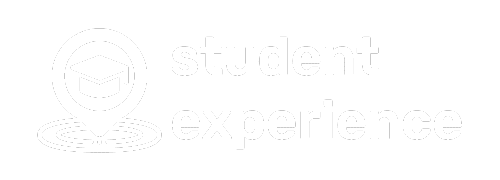Shifting Focus Towards Modern E-Learning Standards
Yes, we know how that sounds but traditional standards like SCORM (Sharable Content Object Reference Model) are beginning to show their age. While SCORM has been a staple for content interoperability and tracking in the e-learning industry for years, its limitations are becoming increasingly evident in the face of modern learning needs and technological advancements. In this blog post, we'll explore why SCORM is considered outdated and what alternatives are emerging as more suitable options for today's e-learning environments.
The Demise of SCORM
- Lack of Flexibility: SCORM was designed in an era when e-learning primarily consisted of linear courses accessed through desktop computers. It struggles to adapt to the diverse range of learning experiences available today, including mobile learning, simulations, and virtual reality.
- Complexity: SCORM's technical specifications can be complex and challenging to implement, especially for content creators without extensive programming knowledge. This complexity can hinder innovation and limit the ability to create engaging, interactive learning experiences.
- Limited Tracking: While SCORM provides basic tracking capabilities, it falls short in capturing the full spectrum of learner interactions and experiences. Modern e-learning requires more comprehensive data collection to understand learner behavior and improve instructional design.
Alternatives to SCORM
- Experience API (xAPI): Also known as Tin Can API, xAPI is a more flexible and robust standard for tracking learning experiences across a wide range of platforms and devices. Unlike SCORM, xAPI can capture data from various sources, including mobile devices, simulations, and real-world activities, providing a more holistic view of learner progress.
- cmi5: Built on top of xAPI, cmi5 (Computer Managed Instructional Content) aims to bridge the gap between traditional SCORM-based content and newer xAPI-based systems. It retains the familiarity of SCORM while leveraging the capabilities of xAPI for enhanced tracking and interoperability.
- LTI (Learning Tools Interoperability): LTI allows for seamless integration of external learning tools and content into an LMS, enabling educators to leverage a wide range of resources without compatibility issues. While not a replacement for SCORM, LTI complements modern e-learning standards by facilitating interoperability and flexibility.
What To Focus On Instead
- Interoperability: Choose standards and frameworks that prioritize interoperability, allowing for seamless integration with other systems and content sources.
- Flexibility: Prioritise flexibility and adaptability to accommodate diverse learning experiences and evolving technological trends.
- Data-driven Insights: Emphasise the importance of comprehensive data collection and analysis to inform instructional design and improve learner outcomes.
As e-learning continues to evolve, it's essential to move beyond outdated standards like SCORM and embrace modern alternatives that better align with the needs of learners and educators. By focusing on standards like xAPI, cmi5, and LTI, institutions can create more engaging, interactive, and effective learning experiences in today's digital age.
We want to hear from you!
What are your thoughts on the future of e-learning standards? Do you agree that SCORM is outdated, or do you see value in its continued use? Share your insights and experiences in the comments below. Let's start a conversation about the direction of e-learning and how we can best meet the needs of learners in the modern digital landscape. Your input matters!



